#The Excavation
Explore tagged Tumblr posts
Text
& how many mornings I missed, how many dark things I emptied myself for. My daughter is a graveyard by which I mean ripe for rebirthing. She pulls me from the beds I’ve buried & tells me if she is wise it’s because I’ve taught her by which she means I’ve held myself deep within myself all along.
— Jennifer Givhan, from "The Excavation," Belly to the Brutal
162 notes
·
View notes
Text
i think we should remind musicians they can absolutely make up little stories for their songs btw. it doesn’t have to be about them at all. you can invent a guy and put him in situations to music. time honoured tradition in fact.
#sorry im bored of the same tags on this lmao#sometimes i think the confessional style loses impact because everything has to be excavated from the depths of the soul#and somehow. confessional writing seems to be going with the most disaffected bland sound possible. odd.#i love deeply personal songs! i love when songs sound like they mean something to the artist!#something something wider issue of mining trauma and being performatively vulnerable for quote unquote content#idk i don’t have the actual knowledge to write about this well there’s just something not landing for me recently#mine
65K notes
·
View notes
Text
WOW.
Scientists found an amazingly well-preserved village from 3,000 years ago
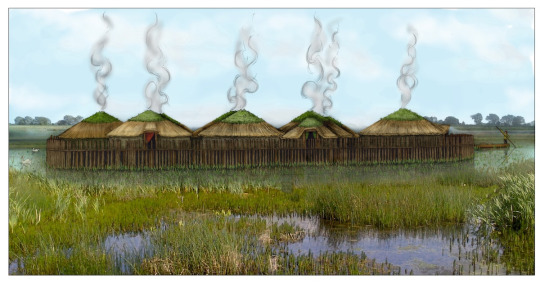

Text below, in case article access dries up:
LONDON — A half-eaten bowl of porridge complete with wooden spoon, communal rubbish bins, and a decorative necklace made with amber and glass beads are just a handful of the extraordinarily well-preserved remnants of a late Bronze Age hamlet unearthed in eastern England that’s been dubbed “Britain’s Pompeii” and a “time capsule” into village life almost 3,000 years ago.
The findings from the site, excavated in 2015 to 2016, are now the subject of two reports, complete with previously unseen photos, published this week by University of Cambridge archaeologists, who said they cast light onto the “cosy domesticity” of ancient settlement life.
“It might be the best prehistoric settlement that we’ve found in Britain,” Mark Knight, the excavation director and a co-author of the reports, said in an interviewThursday. “We took the roofs off and inside was pretty much the contents,” he said. “It’s so comprehensive and so coherent.”
The reason for the rare preservation: disaster.
The settlement, thought to have originally consisted of several large roundhouses made of wood and constructed on stilts above a slow-moving river, was engulfed by a fire less than a year after being built.
During the blaze, the buildings and much of their contents collapsed into a muddy river below that “cushioned the scorched remains where they fell,” the university said of the findings. This combination of charring from the fire and waterlogging led to “exceptional preservation,” the researchers found.
“Because of the nature of the settlement, that it was burned down and its abandonment unplanned, everything was captured,” Knight added.
“As we excavated it, there was that feeling that we were picking over someone else’s tragedy,” he said of the eerie site in the swampy fenland of East Anglia. “I don’t think we could smell the fire but the amount of ash around us — it felt close.”
Researchers said they eventually unearthed four large wooden roundhouses and an entranceway structure, but the original settlement was probably “twice as big.”
The site at Must Farm dates to about 850 B.C., eight centuries before Romans came to Britain. Archaeologists have been shocked at “just how clear the picture is” of late Bronze Age life based on the level of detail uncovered, Knight said.
The findings also showed that the communities lived “a way of life that was more sophisticated than we could have imagined,” Duncan Wilson, head of Historic England, the public body responsible for preserving England’s historic environment, said in a statement.
The findings unearthed include a stack of spears, possibly for hunting or defense; a decorative necklace “with beads from as far away as Denmark and Iran”; clothes of fine flax linen; and a female adult skull rendered smooth, “perhaps a memento of a lost loved one,” the research found.
The inhabitants’ diet was also rich and varied, including boar, pike and bream, along with wheat and barley.
A pottery bowl with the finger marks of its maker in the clay was also unearthed, researchers said, still containing its final meal — “a wheat-grain porridge mixed with animal fats” — with a wooden spatula resting inside the bowl.
“It appears the occupants saved their meat juices to use as toppings for porridge,” project archaeologist Chris Wakefield said in the university’s news release. “Chemical analyses of the bowls and jars showed traces of honey along with ruminant meats such as deer, suggesting these ingredients were combined to create a form of prehistoric honey-glazed venison,” he added.
Skulls of dogs — probably kept as pets and to help with hunting — were also uncovered, and the dogs’ fossilized feces showed they fed on scraps from their owners’ meals, the research found.
The buildings, some connected by walkways, may have had up to 60 people living there all together, Knight said, along with animals.
Although no intact sets of human remains were found at the site, indicating that the inhabitants probably fled the fire safely, several sheep bones were found burned indoors. “Skeletal remains showed the lambs were three to six months old, suggesting the settlement was destroyed sometime in late summer or early autumn,” according to the university’s news release.
Ceramic and wooden vessels including tiny cups, bowls and large storage jars were also found. Some pots were even designed to nest, stacked inside one another, Knight said — evidence of an interest in aesthetics as well as practicality.
A lot of similar items were found replicated in each home, Knight added, painting the picture of completely independent homesteads for each family unit rather than distinct buildings for shared tasks — much like we live today.
Household inventories often included metal tools, loom weights, sickles for crop harvesting, axes and even handheld razors for cutting hair.
The roundhouses — one of which had almost 50 square meters (nearly 540 square feet) of floor space — had hearths and insulated straw and clay roofs. Some featured activity zones for cooking, sleeping and working akin to modern-day rooms.
The Must Farm settlement has produced the largest collection of everyday Bronze Age artifacts ever discovered in the United Kingdom, according to Historic England, which partly funded the 1.1 million pound ($1.4 million) excavation project.
The public body labeled the site a “time capsule,” including almost 200 wooden artifacts, over 150 fiber and textile items, 128 pottery vessels and more than 90 pieces of metalwork. Some items will go on display at the nearby Peterborough Museum next month.
Archaeologists never found a “smoking gun” cause for the fire, Knight said. Instead, they suspect it was either an attack from “outside forces,” which may explain why the inhabitants never returned to collect their possessions from the debris, or an accidental blaze that spread rapidly across the tightly nestled homes.
“Probably all that was left was the people and what they were wearing; everything else was left behind,” Knight said of the fire.
But the preservation has left a window for people to look back through in the future. “You could almost see and smell their world,” he said.
“The only thing that was missing was the inhabitants,” Knight added. “And yet … I think they were there — you certainly got glimpses.”
4K notes
·
View notes
Text


Two Satyrs (mosaic) , 4th century BC , Eretria (Evia Island)-Greece
(New Archaeological Discovery/ photos: Ministry of Culture)
#greek#art#art history#τέχνη#mosaic#satyrs#greek mythology#archaeological site#archaelogy#archaelogical#ancient art#excavation#archaeological#discovery#greece#symposium#dance#music#homoerotic art
519 notes
·
View notes
Text
one of the dumb things i like about flight rising is that you can just dissolve familiars for alchemy ingredients. like what the fuck. some nice centaur comes out of the woods like “I Have Seen Your Deeds And I Submit Myself To Your Clan To Learn About You” and youre just like fantastic. get in the cauldron
#lindsey shut up#flight rising#im sorry this is just so funny to me. a fully sapient creature wants to hang out with your loser dragons so you melt them into muck.#hagfjshfjsgfhv. gently excavates a prehistoric animal from an archeology dig#carefully bundles it into a catapult that launches it directly into a boiling cauldron full of goop
2K notes
·
View notes
Text
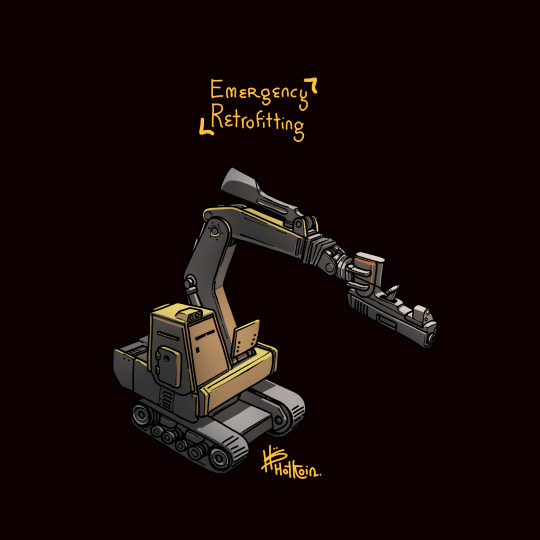
This too, is a mech suit.
810 notes
·
View notes
Text
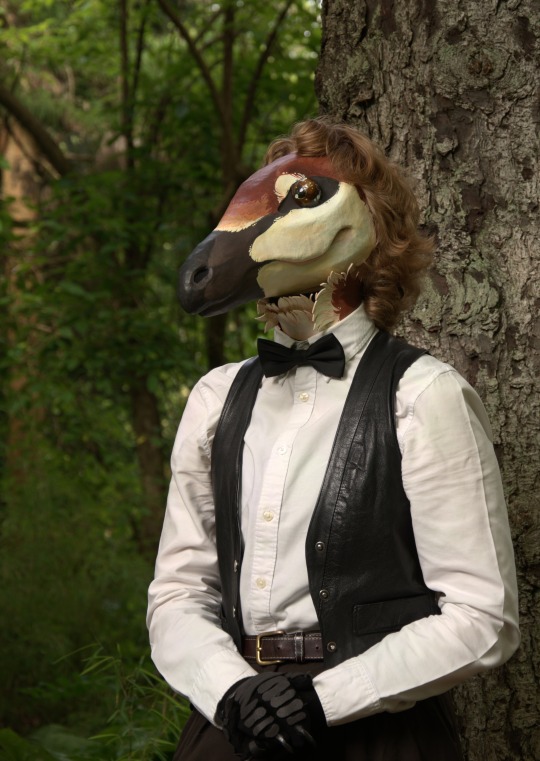
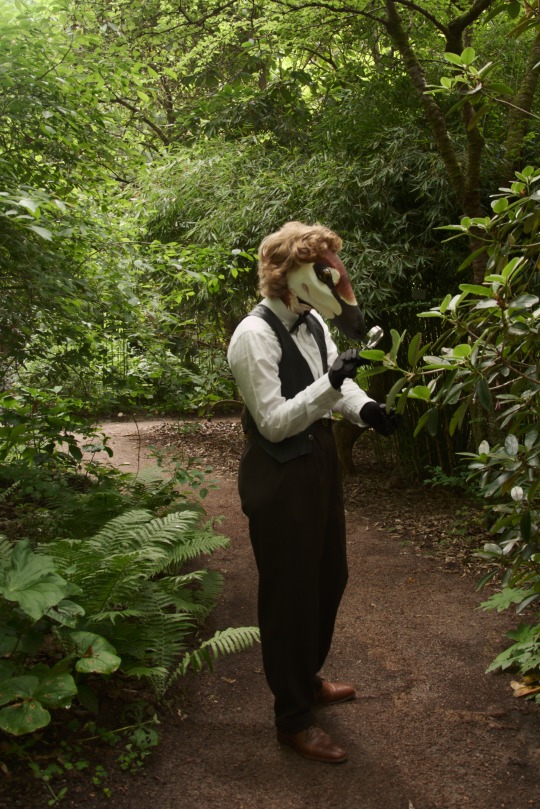
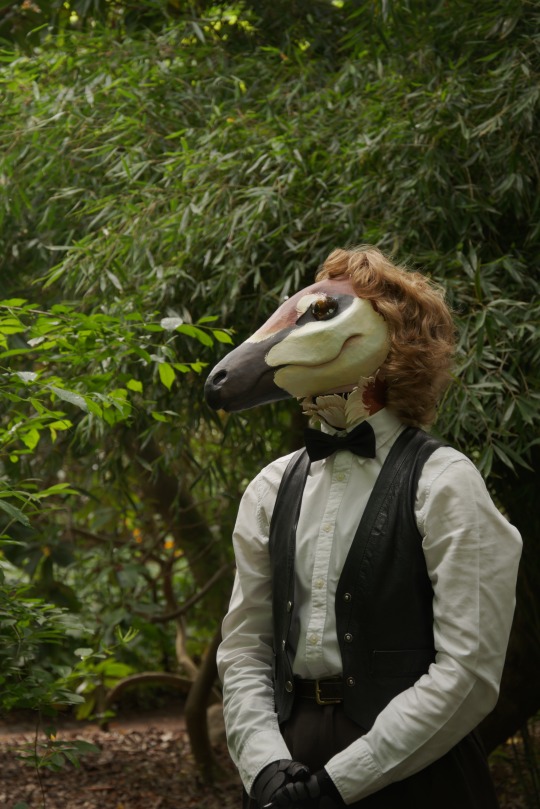
Costume for a friend's masquerade :D
#loosely inspired by the Sinosauropteryx. but mostly based around Looking Cool and also Fitting On My Face#artists on tumblr#mask#maskmaker#costume#art#paper mache#anthro#dinosaur#i dare not go into any other paleo tags for fear of ppl who actually know things about dinosaurs attacking me with hammers#and chisels. and those little brushes they use for their excavations#the masquerade theme was vampires vs dinosaurs — it was fun getting a prompt to force me outside my usual Meaty And Horrible comfort zone#that being said long time no meaty horrors. gotta remedy that soon
884 notes
·
View notes
Text
actually maybe folklore is an album about looking back on all the things that have made you go from a wild, innocent, open child to a damaged, pained, often duplicitous adult
#hence ‘our coming of age has come and gone’ on track 15#a song about all the trauma that pulled you apart as the original closer#and a song about withdrawing from the things that are killing you accepting all that pain and finding peace with your lover#while excavating that trauma for art#as the real closer#that’s why seven - this is me trying - peace - hoax - the lakes kind of sum up the entire story#of the album#folklore#the lakes#mirrorball#this is me trying#seven#hoax
758 notes
·
View notes
Text
Fathers and son.
-
-
-

ref picture
#art#tf2#artwork#team fortress 2#digital art#team fortress#team fortress two#clip studio art#clip studio paint#tf2 medic#tf2 scout#tf2 heavy#team fortress scout#team fortress 2 fanart#tf2 fanart#tf2 art#tf2 mercs#medic tf2#team fortress medic#scout tf2#red scout#reliable excavation demolation#red heavy#red oktoberfest#red medic#cozy
879 notes
·
View notes
Text
What I’ve let men scavenge — my collarbones, femurs, the fleshy pads of my inner thighs, bitemarks butterflying from the clotted cream that cornmeal death has made of my skin — given way to blood poisoning.
— Jennifer Givhan, from "The Excavation," Belly to the Brutal
132 notes
·
View notes
Text
every sonic fan has a super convoluted au in their heads that they will most likely never put to paper because its just so indepth and detailed that it'd fill an entire library
#i have one in my head where amy is a goddess reincarnated but doesnt know this until eggman does some excavating and uncovers some ruins and#anyway#things i'd love to write but never will bc how would i even write this
2K notes
·
View notes
Text





#daniel ricciardo#dr3#yeah i'm still here in this video#so many people talked about the old daniel over the past year or so and I think he started to take that to heart and believe it#but removed from all of that nonsense I think he's recognizing that he wasn't what fundamentally changed actually#I'm about to get deep in the tags of this post so look away#there's a quote by emily mcdowell that i've been thinking about in terms of daniel these days:#“Finding yourself" is not really how it works. You aren't a ten-dollar bill in last winter's coat pocket. You are also not lost.#Your true self is right there buried under cultural conditioning#other people's opinions and inaccurate conclusions you drew as a kid that became your beliefs about who you are.#“Finding yourself” is actually returning to yourself.#An unlearning an excavation a remembering who you were before the world got its hands on you.#and here daniel is returning to himself#unlearning the bullshit that they placed on him#stretching out his limbs from the boxes they tried to cram him into#Anyway thinking too deeply about this multimillionaire that I do not actually know but who I know...ya know?
198 notes
·
View notes
Text
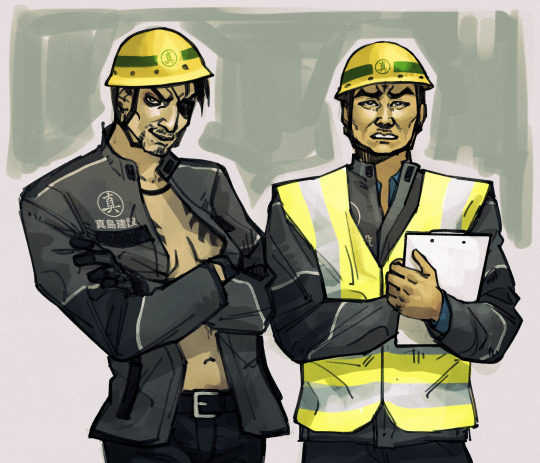

majima construction doodles
#my art#yakuza#ryu ga gotoku#majima goro#nishida#im sooo obsessed with this whole construction thing u dont understand#look at this cool ass excavator#i believe the 3d model i used as a base was ripped from carmageddon 2......
544 notes
·
View notes
Text

i tripped
#fire emblem three houses#sylvain jose gautier#felix hugo fraldarius#sylvix#my art#fanart#old sketch for a fic scene that sadly never happened!!!#been excavating my wip folders
108 notes
·
View notes
Text
😬😁😂
https://u4wig.com
1K notes
·
View notes
Text
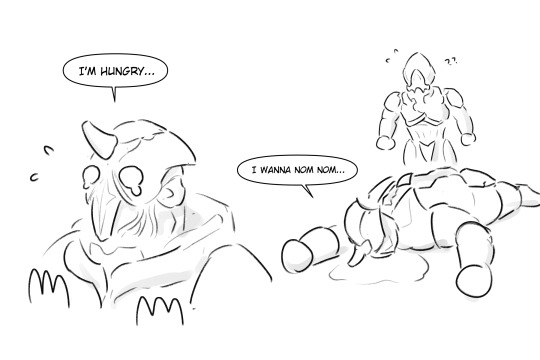

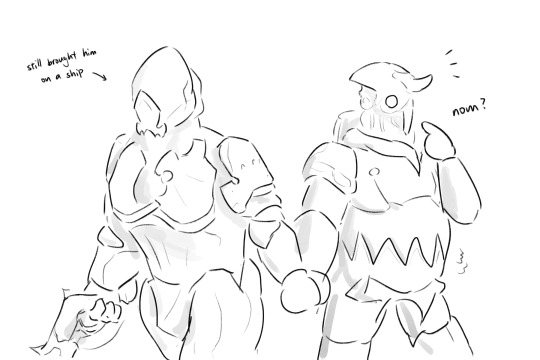
he's a nom nom warframe
#yay rhino befriend everyone in the world#his mission is not unbeatable but still a pain in the ass doing them solo#dante and glaive prime solves almost everything#i miss arcane energize. the only problem i have is not having enough energy#but i need nourish so fine i'll do it#(spent half an hour on excavation btw)#also applies to hildryn and exploiter orb#if i never know how good pillage is i won't suffer the trouble of maxxing out fortuna standing and learn the boss just for her#ramble time#i draw very little recently idk why. maybe i just need to take some time off drawing once in a while#voreframe#oops typo but also not a typo lol#warframe#warframe grendel#warframe rhino#warframe volt#warframe gauss#warframe gauss prime#my art
117 notes
·
View notes